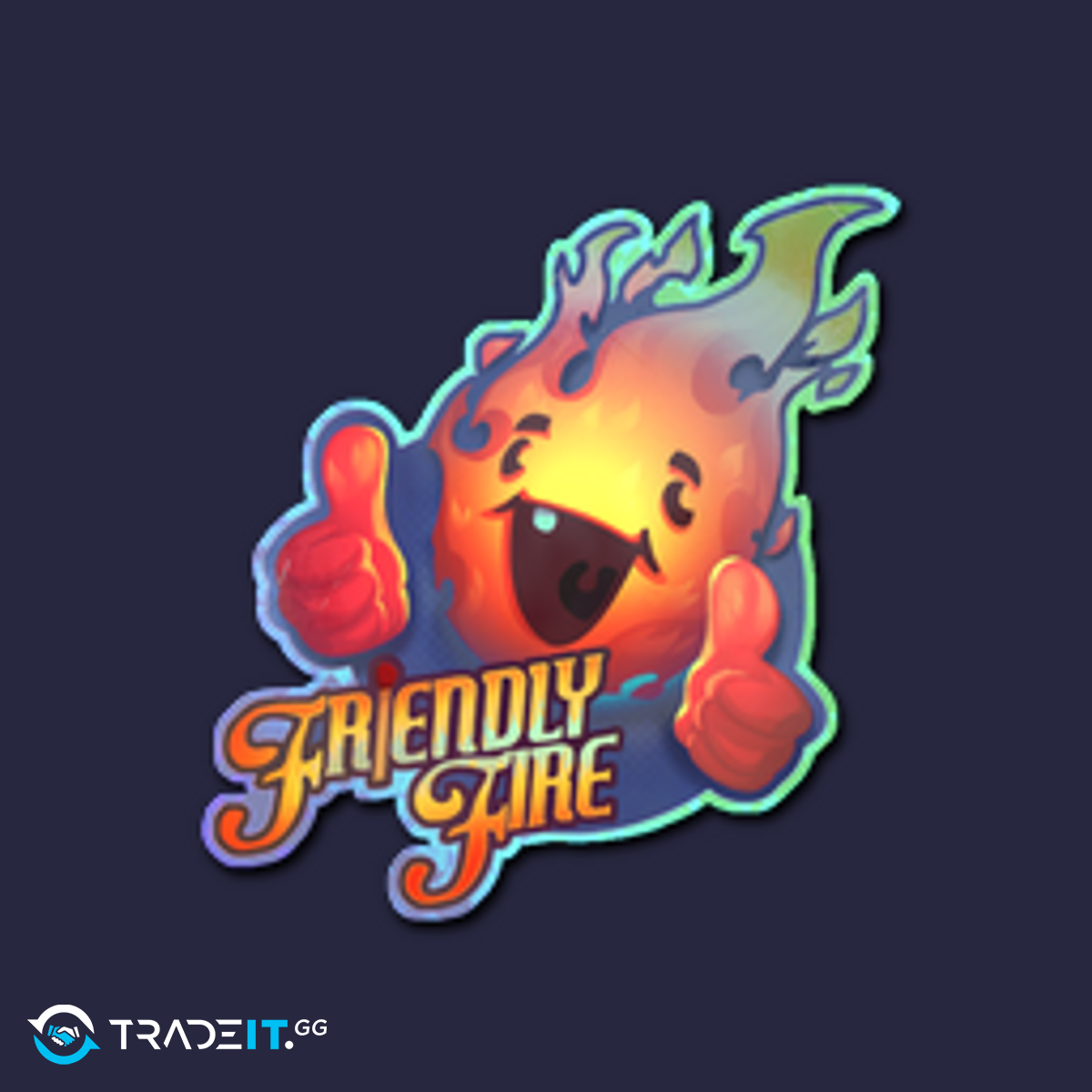BDP Engbu Insights
Your go-to source for the latest news and insights.
Friendly Fire Frenzy: Navigating Chaos in CS2
Dive into the chaotic world of CS2 with Friendly Fire Frenzy! Uncover strategies, tips, and hilarious moments as you navigate friendly fire mayhem!
Understanding Friendly Fire Mechanics in CS2: What Every Player Should Know
Understanding friendly fire mechanics in CS2 is crucial for players looking to enhance their gameplay experience and minimize accidental team kills. Friendly fire refers to scenarios where players inadvertently harm or eliminate teammates due to the absence of protective measures. In Counter-Strike 2, friendly fire is an integral part of gameplay, and understanding its mechanics can greatly influence a team's strategic decisions. For instance, players must be aware of their positioning within a match, as close-quarter encounters can easily lead to unintended damage being dealt to teammates. Additionally, learning the various weapons and their impact on friendly fire can be a game-changer.
Moreover, CS2 includes specific penalties for players who frequently commit friendly fire, such as being kicked from a match or losing points in competitive play. To avoid these consequences, players need to practice better communication with their team, ensuring that everyone is aware of their positions on the battlefield. Implementing tactics like callouts, which involve systematically naming locations and objectives, can significantly reduce the risk of friendly fire incidents. Remember, being mindful of your teammates and practicing good team discipline can lead to a more successful and enjoyable gaming experience in Counter-Strike 2.

Counter-Strike is a popular tactical first-person shooter game that has captivated players around the world. One of the exciting features in the game is the customization of weapons and gear, including unique items like the broken fang gloves. Players can enhance their gameplay experience by collecting skins and accessories that reflect their personal style.
Top Strategies to Avoid and Manage Friendly Fire Incidents in CS2
In the competitive landscape of CS2, managing friendly fire incidents is crucial for maintaining team morale and performance. One effective strategy is to establish clear communication protocols among teammates. Use voice channels or in-game chat to coordinate movements and announce your positions regularly. Employing callouts that indicate when a player is near an enemy can help minimize misfires. Additionally, consider utilizing a team color system to identify allies more easily, which can significantly reduce accidental damage, especially in chaotic situations.
Another essential tactic to avoid friendly fire incidents involves understanding weapon mechanics and engagement zones. Players should practice controlled firing techniques and be aware of their weapon's spread patterns. Training sessions focused on weapon familiarity can enhance your team's responsiveness and awareness, reducing the likelihood of shooting teammates. Furthermore, implementing a system of friendly fire rules, such as designated players responsible for flanking or providing cover, can help manage positioning, ultimately leading to fewer mishaps during heated encounters.
How Friendly Fire Affects Team Dynamics in Competitive CS2 Matches
In the high-stakes environment of competitive CS2 matches, team dynamics are crucial for success. However, one often overlooked aspect that can significantly impact these dynamics is friendly fire. When teammates accidentally harm or eliminate each other, it can lead to a cascade of negative effects, including diminished morale and increased tension. Players may become overly cautious, fearing that their actions could lead to further incidents, which can stifle communication and collaboration. Establishing a culture of trust and understanding amongst team members is vital to mitigate the risks associated with friendly fire and maintaining a unified strategic approach during critical rounds.
Moreover, the psychological impact of friendly fire can exacerbate existing fault lines in team dynamics. A single mistake can not only disrupt the flow of a game but also sow discord among teammates, leading to frustration and blame-shifting. To counteract these issues, teams should invest time in building camaraderie and practicing scenarios where friendly fire is a possibility. By fostering an environment where players can openly discuss mistakes without fear of judgment, teams can strengthen their resolve and improve overall performance. In competitive CS2, understanding how friendly fire affects team dynamics is essential for creating a resilient and cohesive unit.